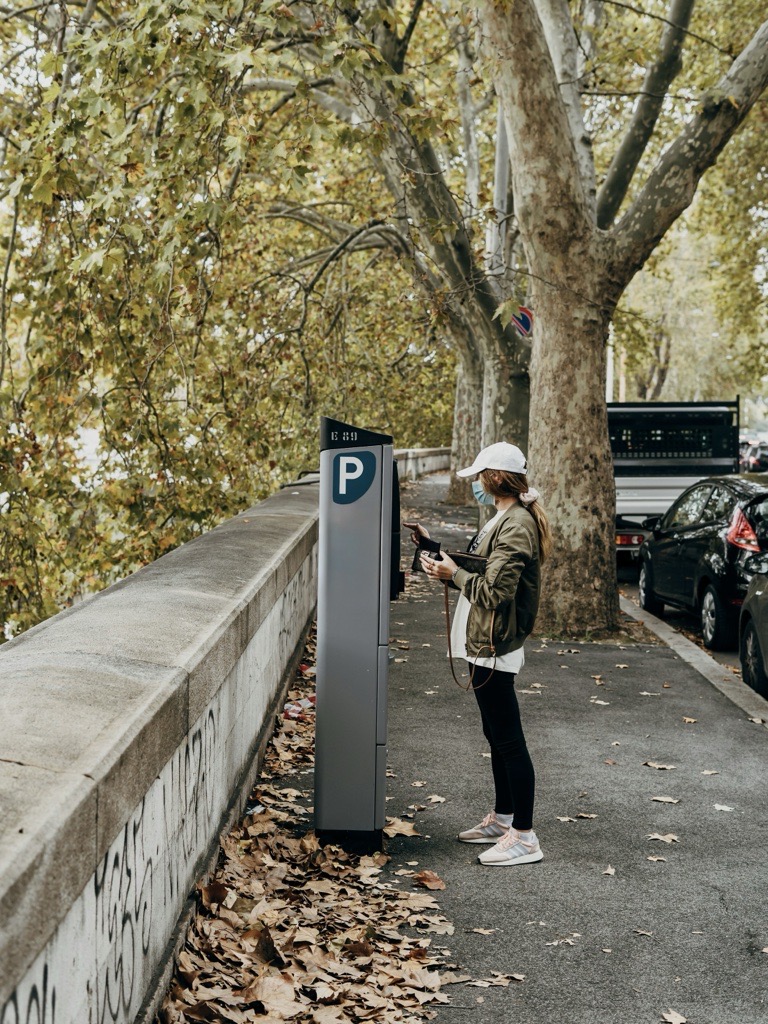
Driving in circles?
Snap up a car park (and save the environment) with this smart city solution
Across major Australian cities, it’s not uncommon to spend more than fifteen minutes trying to find a car park. Many of us live through this experience daily, but it’s also backed up by independent research. In fact, people spend up to 3,120 hours of their lives trying to find a place to park their cars. It’s safe to say that anyone who lives in a densely populated area is familiar with driving in circles, looking for that elusive car park.
As you can imagine, a large chunk of traffic congestion is often caused by this very issue. Academic research on parking behaviour across several continents has revealed that 30% of traffic in a congestion zone is comprised of people looking for a free vehicle bay. That’s a long, winding, circling queue of vehicles, with each motorist unaware of their place in the queue and how many other drivers might be in front of them. And, unfortunately, it seems that congestion is only increasing over time.
The cost of congestion on convenience (and our patience) is obvious. But what about the hidden environmental costs?
Greenhouse gas emissions of any given passenger vehicle are tricky to calculate. They depend on fuel efficiency, the vehicle’s age, and how fast you were going versus how often you stopped and started, among other things. Vehicles are not made equal, and some “green” passenger vehicles produce half the greenhouse gasses of other models. However, among even newer, light vehicles, the Green Vehicle Guide estimates that every kilometre driven accounts for about 182 grams of combined C02 emissions.
Even those of us who crawl through the city in a relatively new car are likely to create about a kilogram of combined C02 emissions in search of that car park. With this in mind, those of us who have to look for a car park during the weekday peak hours could be producing 250kg combined C02 emissions each year—just looking for a car park.
The good news is that embracing a data-driven, smart approach can reduce emissions—not to mention inconvenience and frustration—dramatically.
This is one of the areas in which parking sensors shine. For a sensor to know if a vehicle has been parked for a certain length of time, it has to be able to detect whether or not there’s a vehicle there at all, and that means that sensors can provide reliable data on whether or not a vehicle bay is empty, too. That information can be used to provide real-time, accurate information about which bays are available for parking and where they are.
Whether via app or by physical sign or both, the use of parking sensors can alert motorists to the locations of available parking bays—and it can also tell them if there aren’t any available bays before they drive into an area. This means, motorists can look up exactly where to find a free car space (so they don’t have to spend twenty minutes looking for one).
For these reasons, many forward-thinking city councils are embracing parking sensors (like Sentinel Sensors) in their smart city projects. Smart parking technology can streamline the car parking experience for motorists, reduce greenhouse gas emissions caused by congestion, and of course, offer city councils and their parking officers superior and reliable data.
Learn more about what sensor technology can do for cities, or speak to Orikan about Sentinel Sensors.

